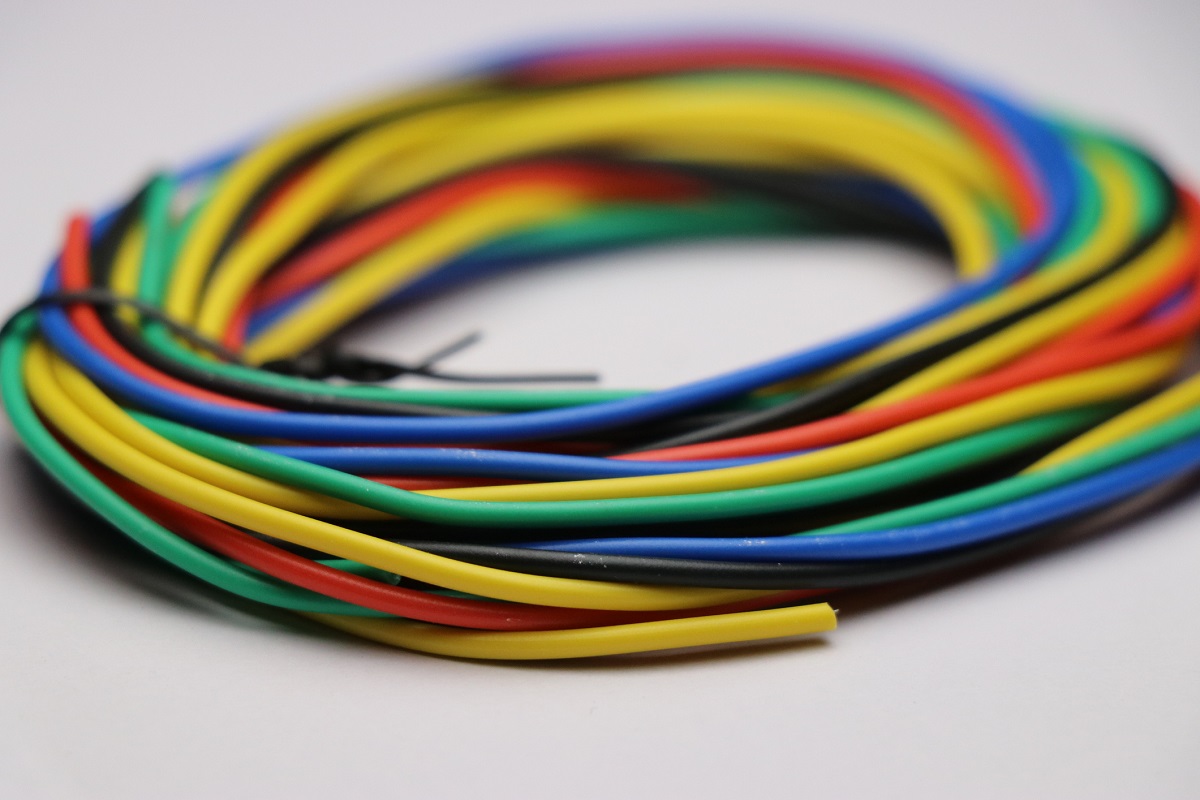Hyderabad youth dies after electric wire falls on him
Local residents alleged that negligence by the electricity authorities led to the tragedy.
The outbreak of COVID-19 has had an impact on many industries across sectors, including the manufacturing industry. The resulting lockdown caused significant disruption in the supply chain.

(Representational Image; Source: iStock)
Manufacturing is not only the foundation of growing economies, but it is also the mainstay of national security. As a result, a strong manufacturing sector that includes tools such as electrical wires and cables is critical for the country’s growth and business development.
The outbreak of COVID-19 has had an impact on many industries across sectors, including the manufacturing industry. The resulting lockdown caused significant disruption in the supply chain.
According to the reports by Absolute Reports’, researchers have been monitoring the Electric Wire and Cable Market, and it is poised to grow by $1.65 billion between 2021 and 2025, at a CAGR of nearly 4% during the forecast period. However, industries covered the pace with the innovations to overcome the challenges posed by the pandemic during the past years.
Advertisement
Mr. Anil Gupta, CMD at KEI Industries Ltd., also an expert in the Indian cable and wire Industry and a firm believer in technology said, “ The electrical wire and cable industry is gravely affected by the pandemic also the import from foreign countries is badly disrupted ever since the pandemic. The leading companies in the Electric Wire And Cable Market should be focused on novel opportunities related to the invention and supply of Electric Wire And Cable. These strategies will allow the key players to expand their business and strengthen their market position.”
Electrical Wire Industry Challenges in Development
Ever since the pandemic, industries across the sectors, such as electrical businesses, have experienced supply chain disruptions and significant delays in new installations in their offices as well as commercial applications. These steps are hammering the industries and posing challenges to their growth potential.
Raw Material
The cable business is a type of conversion industry. This indicates that material prices influence a vast share of the final product cost, generally more than 60%. Volatility in raw material pricing is a recurring issue.
Aside from that, the wire and cable business relies on imports from foreign countries. Fluctuations in currency exchange rates have a significant influence on the sector. Delays in project execution due to a variety of needed permissions and clearances, as well as a lack of staff, have all become key barriers to the industry’s growth. This necessitates that cable makers carefully control the risk of variable raw material prices.
The Transition of Power Dynamic in Supply Chain
Cable manufacturers frequently engage with big raw material suppliers on one hand and large consolidated clientele such as wholesalers, telecommunications, and energy operators on the other. Furthermore, few cable makers have direct contact with end-users, giving them limited authority in the supply chain. Correspondingly, cable producers must be attentive and inventive in their approaches to capturing value in the market.
Market Cycles
After experiencing a significant decrease in sales at the turn of the century, the sector has begun to witness a comeback in demand in recent years, fueled by expansion in the telecom and energy industries, particularly in emerging economies. This emphasizes the industry’s cyclical nature. Thus, cable makers must be adaptable enough to respond swiftly to shifting demand levels.
Environment Concerns
Local and regional rules influence several parts of the manufacturing process, such as leveraging certain materials, the disposal of waste, and worker exposure. Manufacturing is a hostile workplace. As a result, the manufacturing industries take adequate precautions and use cutting-edge technology to safeguard the safety and health of employees. As a consequence, they contribute to a healthy environment.
Deregulation decreases entry barriers.
Previously, the electrical and telecommunications sectors were characterized by monopoly suppliers who purchased from domestic cable suppliers. On the other hand, customers now have maximum incentives to negotiate more aggressively with cable companies after their deregulation.
Market liberalization, the removal of entry barriers, and reduced shipping costs have elevated cable manufacturers to a globally competitive position.
Maintaining relevance
Product innovation emerges at various rates, and industries fight to stay on top. Product preferences shift quickly. As a result, if firms do not employ up-to-date technology and engage qualified engineers, they risk delaying product manufacture and delivery. Their goal is to supply only high-quality items to consumers at significant risk. Firms have set aside adequate time to guarantee that the quality of raw materials and new technology matches the demand for electrical lines and cables.
In all likelihood, the Indian electrical market has been growing at a rate that will increase demand for wires and cables across industries. India is quickly becoming a dominant force in increasing regional demand for electrical wire.
However, with the massive development of renewable energy infrastructure worldwide, the transition to the ‘new normal’ business across the era is now emerging, which has increased demand for the electrical wire industry.
Advertisement